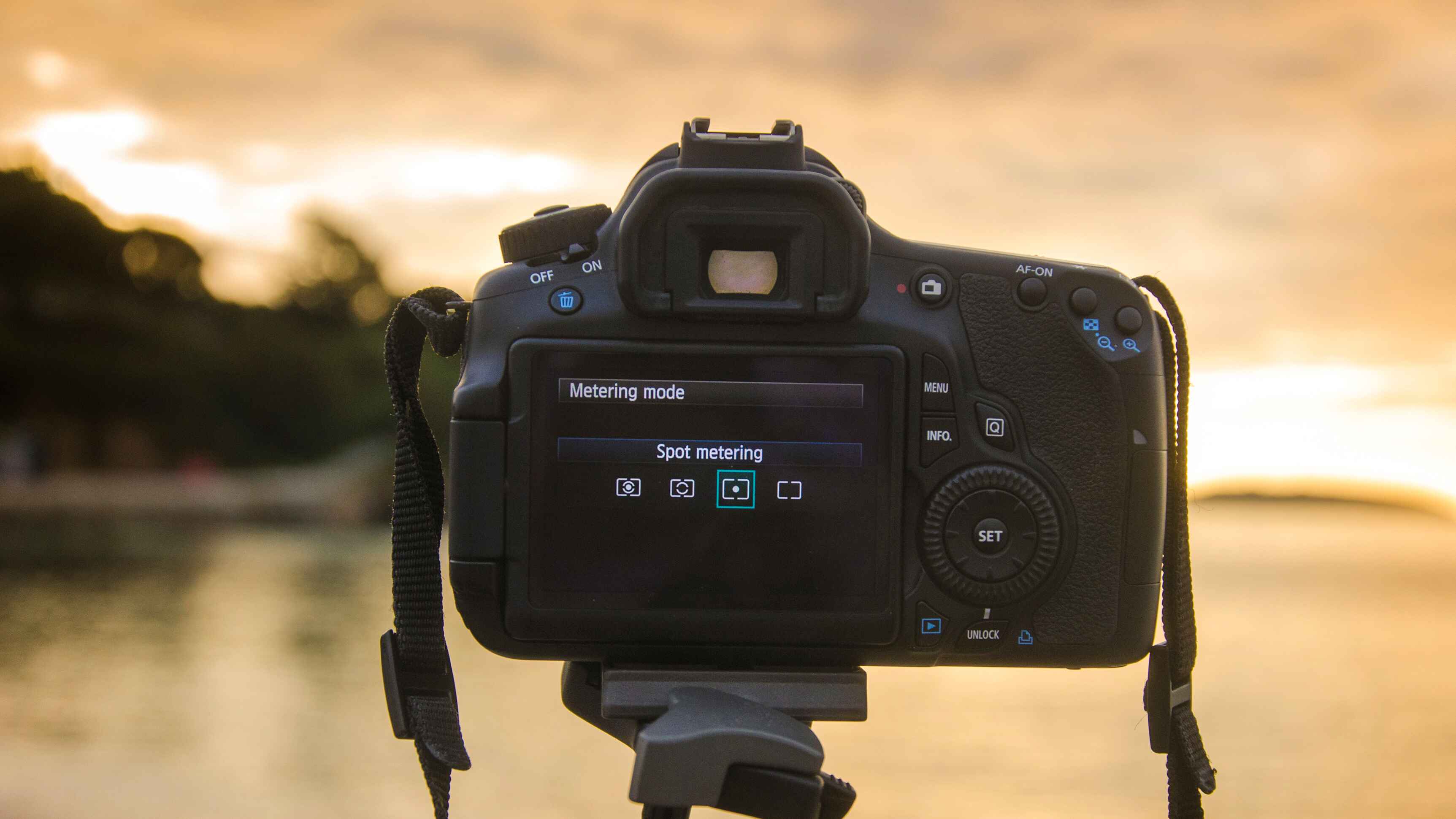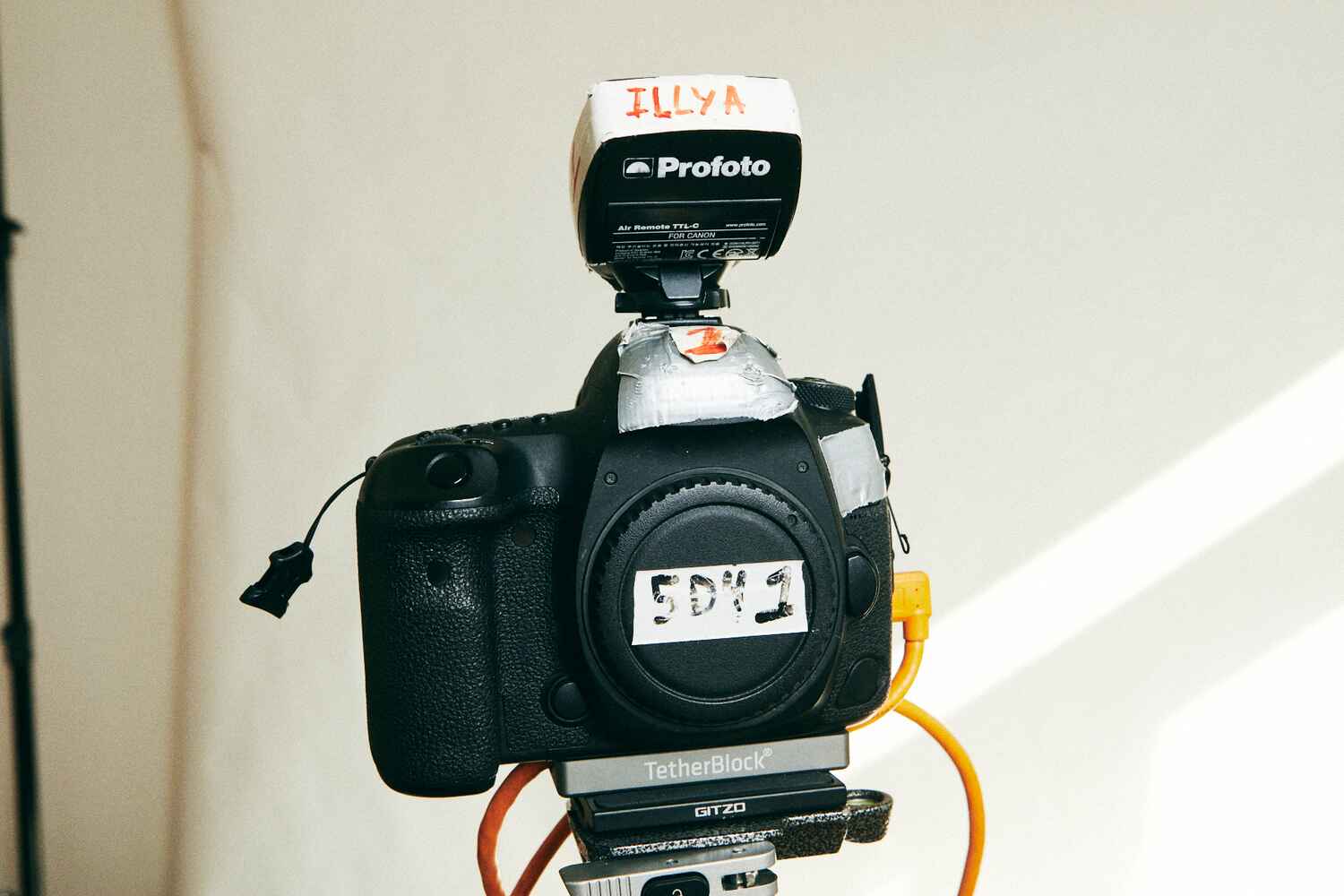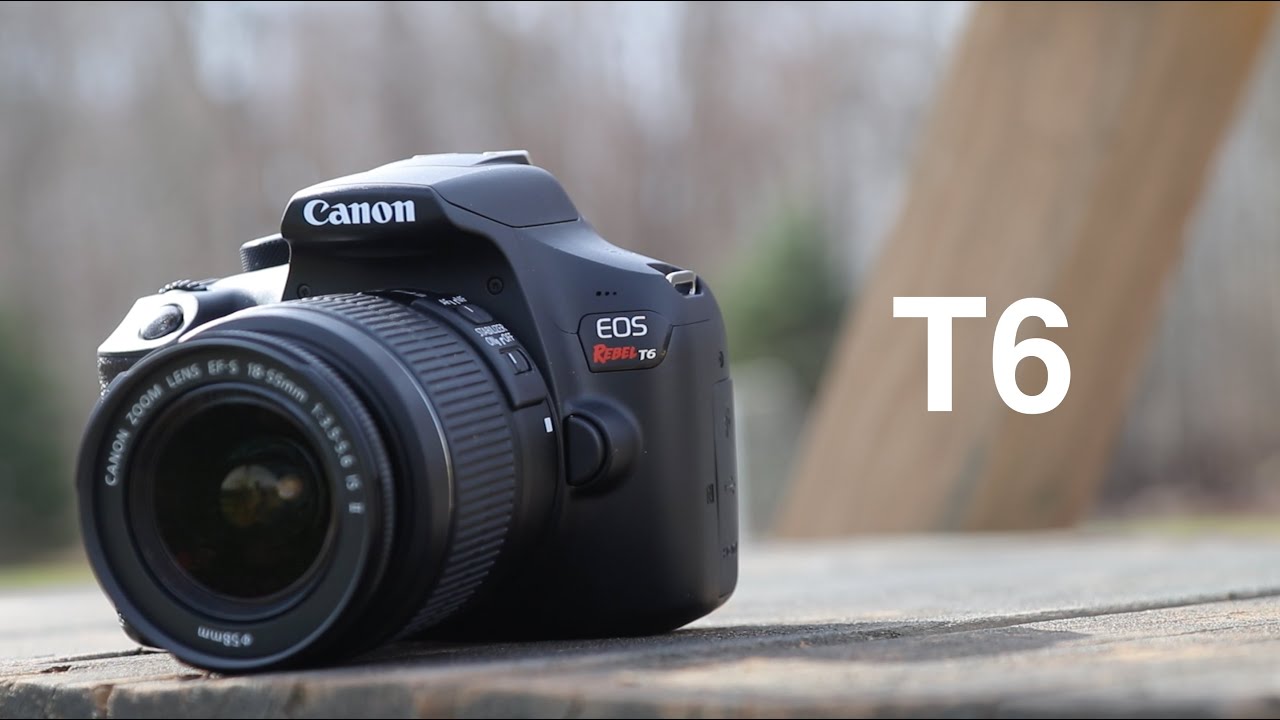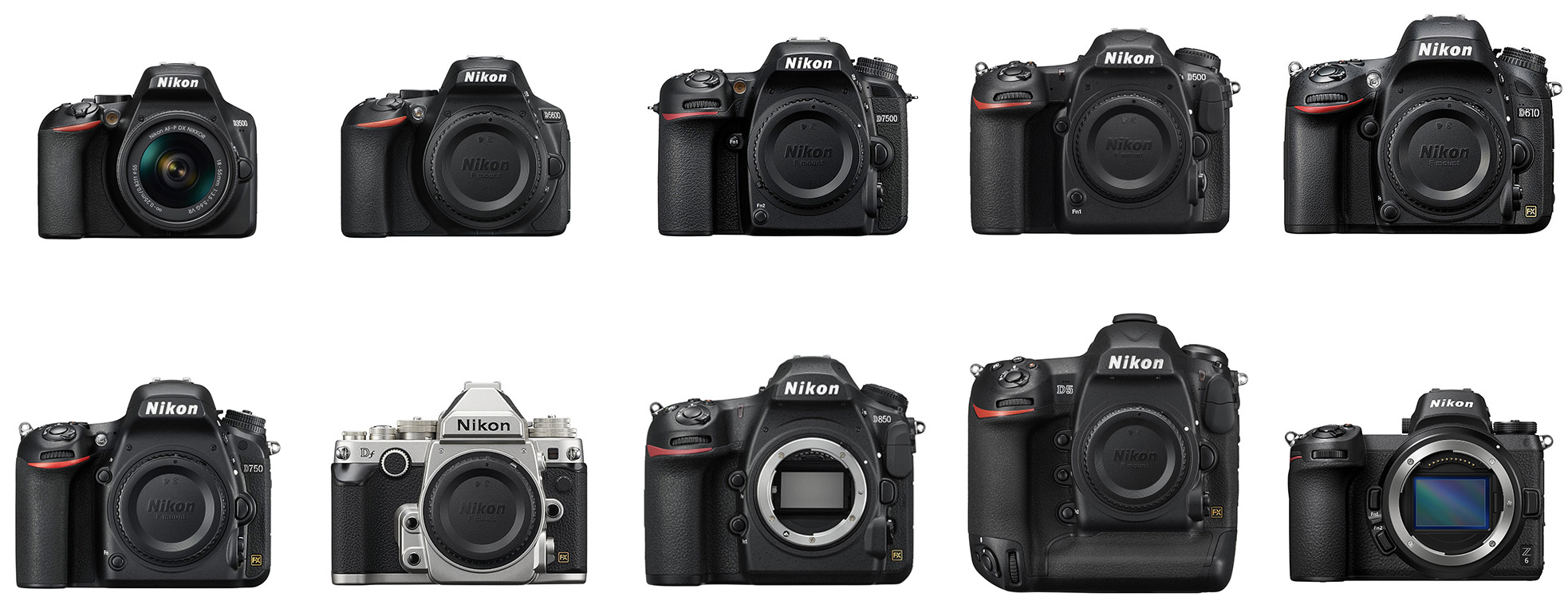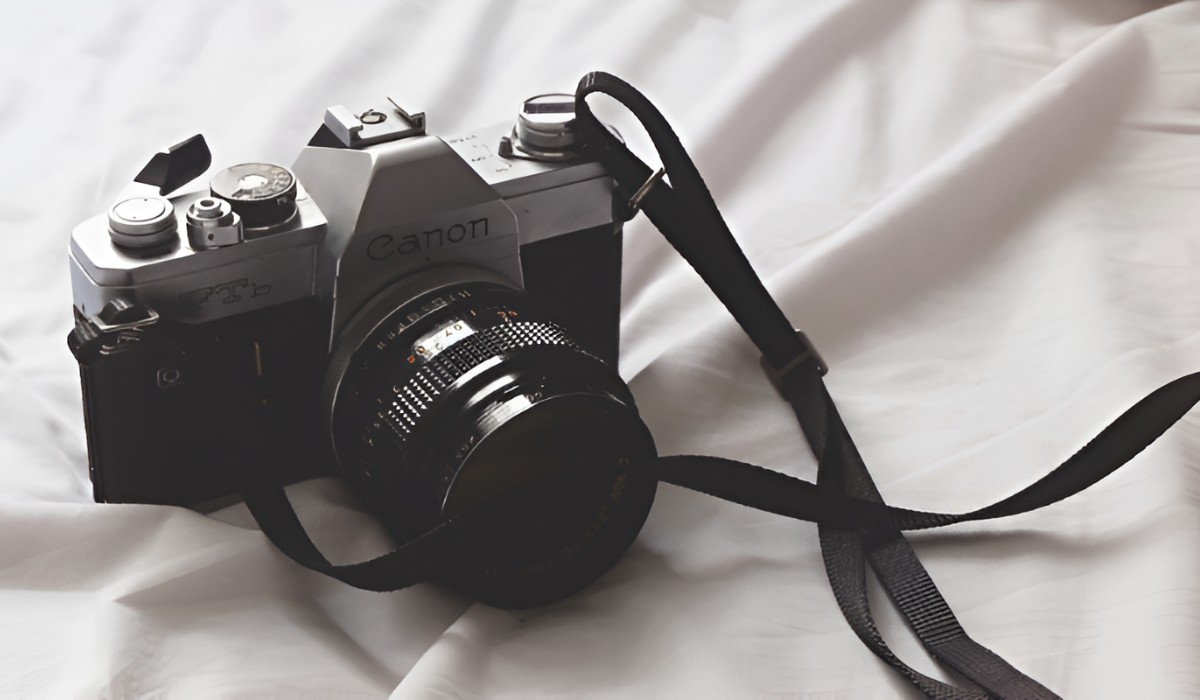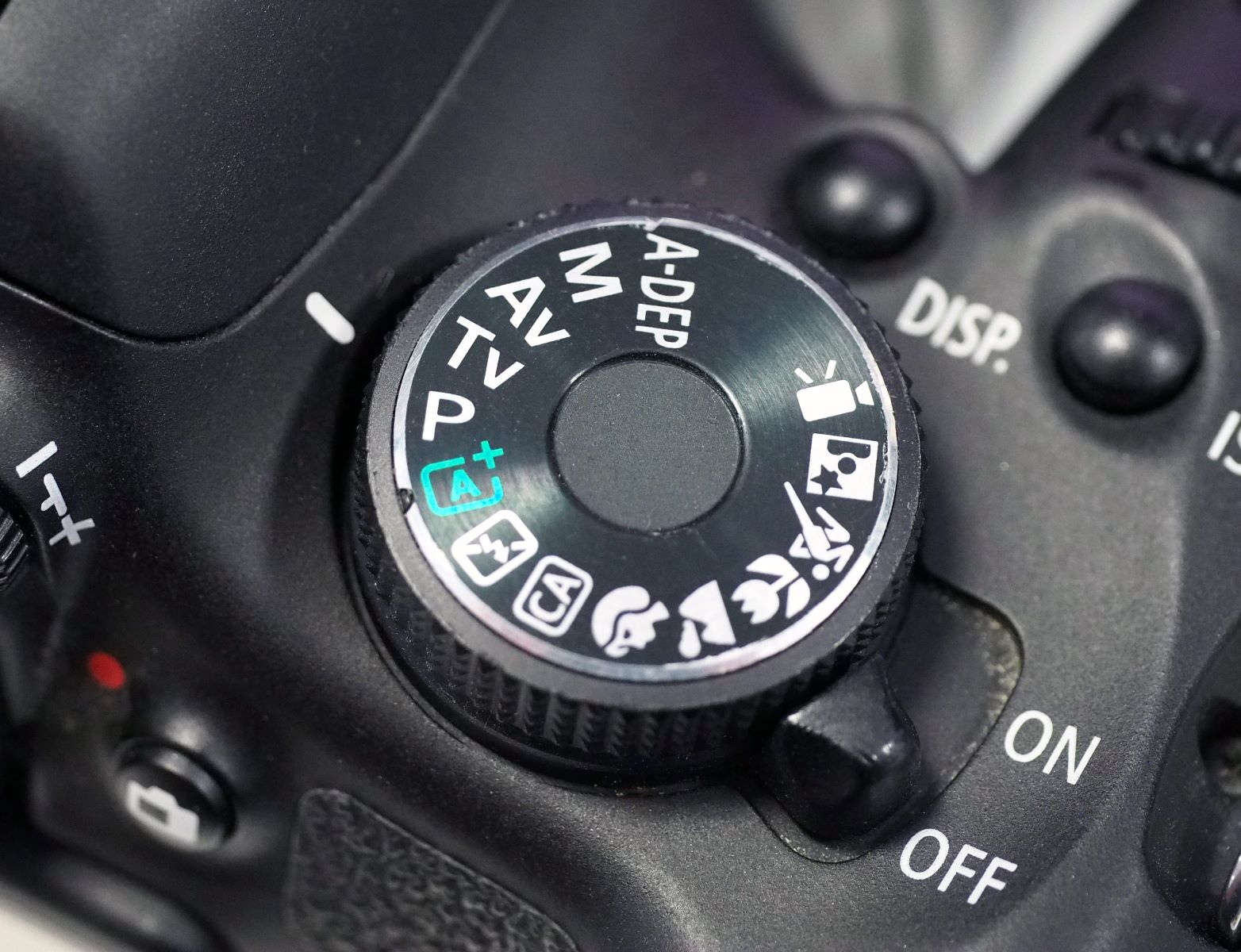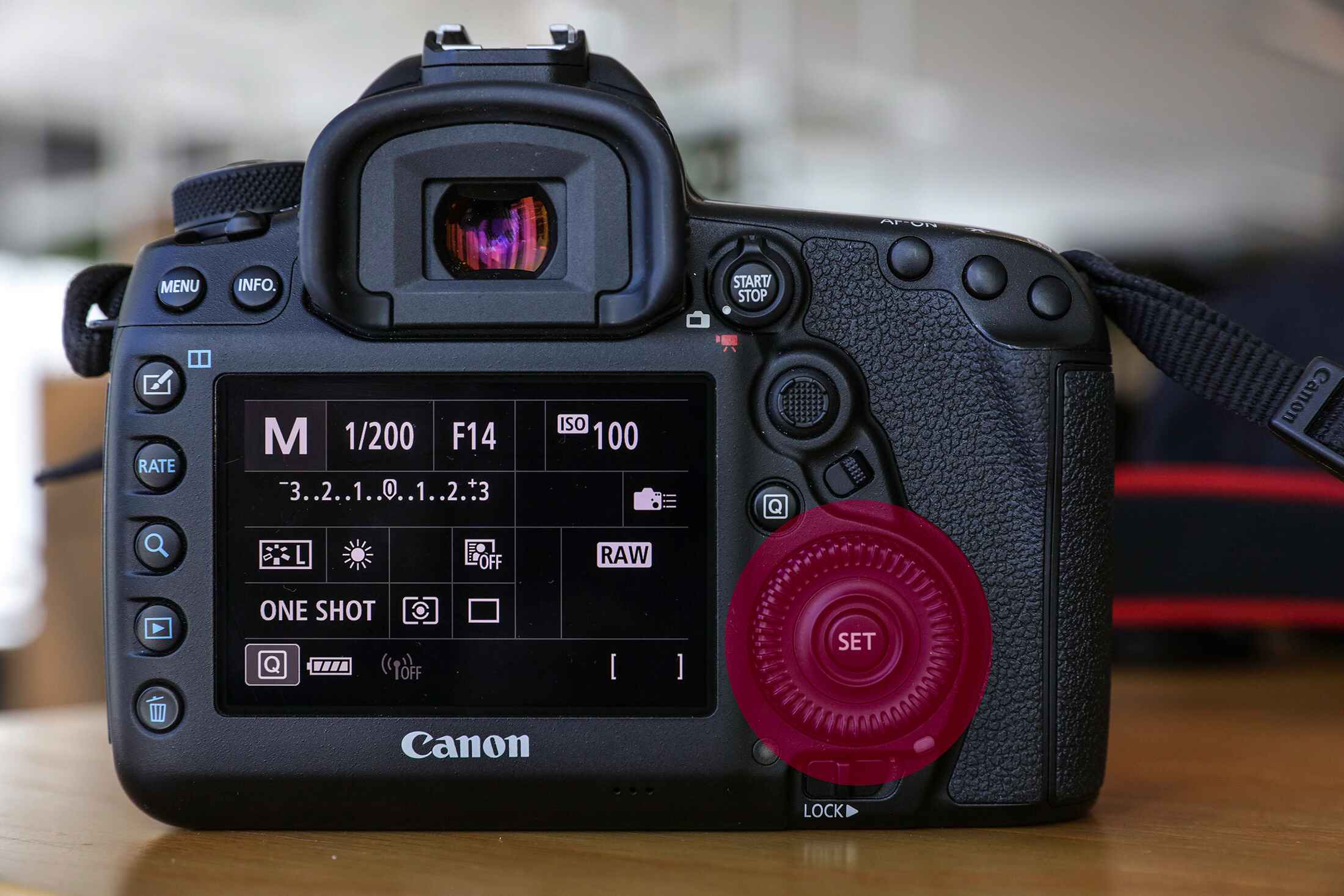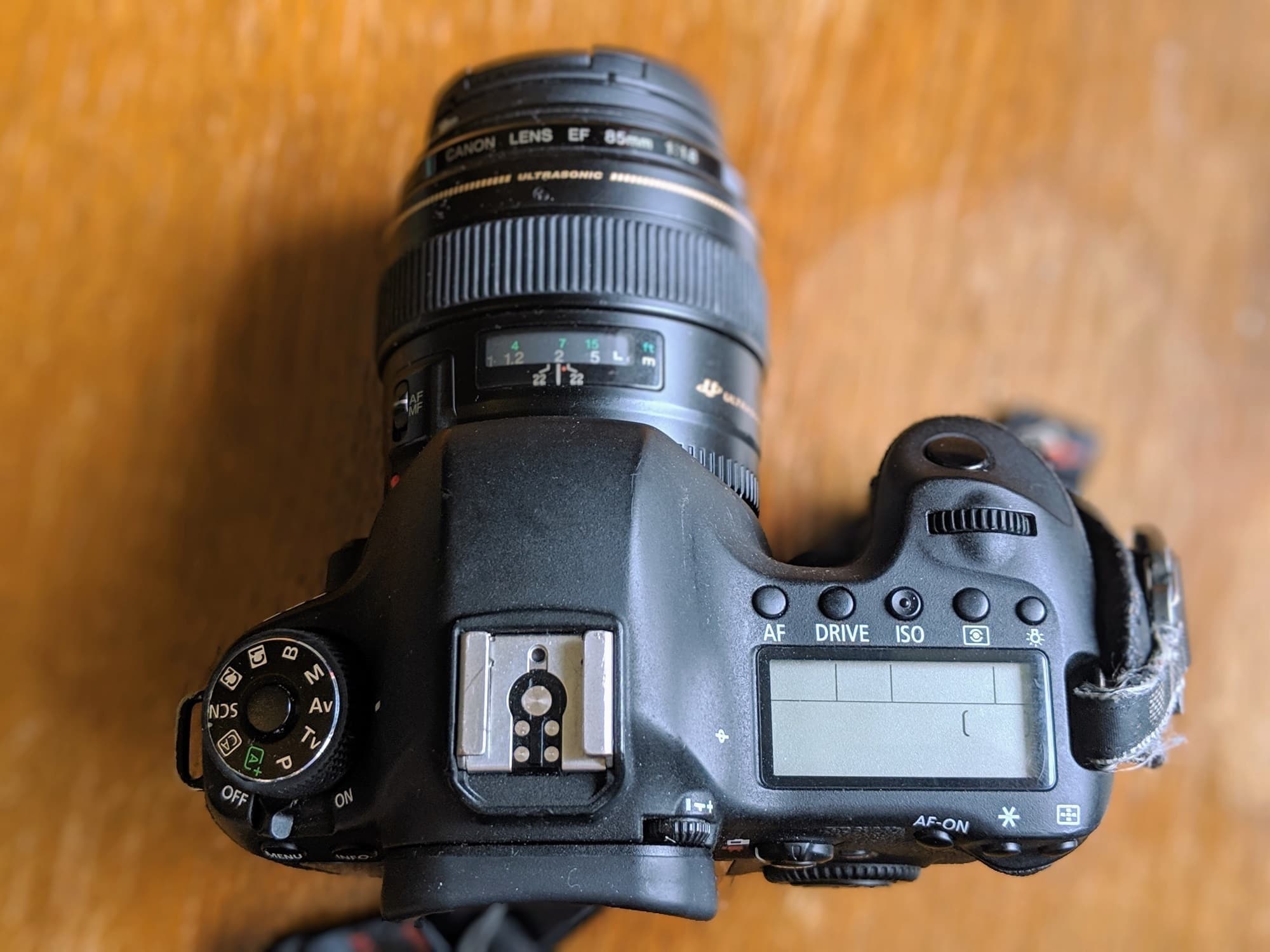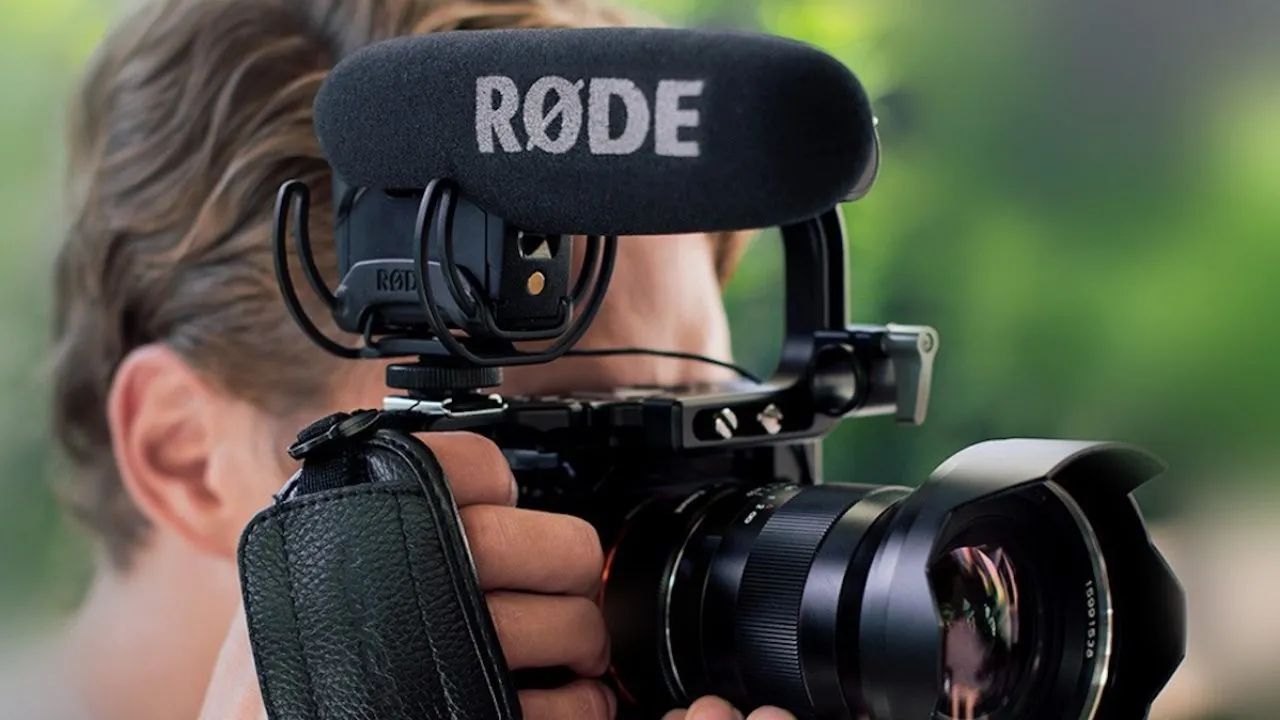Introduction
Understanding how a DSLR camera meters light is crucial for any photographer seeking to capture stunning and well-exposed images. Light metering is the process by which a camera determines the optimal exposure settings for a given scene. This fundamental aspect of photography involves measuring the intensity of light to ensure that the resulting image is neither too dark nor too bright. By comprehending the intricacies of light metering, photographers can exercise greater control over their images and unleash their creative potential.
Light metering plays a pivotal role in the art of photography, as it directly influences the overall quality and visual impact of an image. Whether capturing a breathtaking landscape, a portrait bathed in soft light, or a dynamic action shot, understanding how a DSLR camera meters light empowers photographers to make informed decisions that translate into captivating photographs. This article will delve into the nuances of light metering, exploring the various modes and techniques that photographers can leverage to achieve optimal exposure in their images.
By gaining a comprehensive understanding of light metering, photographers can harness the full potential of their DSLR cameras to produce images that truly reflect their artistic vision. Whether you are a seasoned professional or an enthusiastic beginner, mastering the art of light metering is an essential step toward elevating your photography skills and producing remarkable images. Let's embark on a journey to unravel the intricacies of light metering and discover how it can transform the way you capture the world through your lens.
Understanding Light Metering
Light metering in DSLR cameras involves the process of measuring the intensity of light in a scene to determine the most appropriate exposure settings. This crucial function enables photographers to achieve well-exposed images by balancing the amount of light that reaches the camera sensor. Understanding how light metering works is essential for photographers to make informed decisions about aperture, shutter speed, and ISO settings, ultimately influencing the overall look and feel of their photographs.
Light metering operates on the principle of achieving a balanced exposure, ensuring that neither the highlights nor the shadows are excessively overexposed or underexposed. By evaluating the available light and calculating the optimal exposure, the camera’s light meter assists photographers in capturing scenes with the desired level of brightness and contrast.
When a DSLR camera meters light, it considers the luminance values of the subject and its surroundings. This process involves analyzing the distribution of light and shadow, as well as the overall brightness within the frame. By interpreting these factors, the camera’s light meter provides a recommended exposure value, allowing photographers to make adjustments to achieve the desired visual outcome.
Photographers must comprehend the fundamental concepts of light metering to effectively interpret the camera’s readings and make informed exposure decisions. Whether shooting in challenging lighting conditions or aiming to convey a specific mood or atmosphere, mastering the art of light metering empowers photographers to capture images that authentically reflect their creative vision.
As we delve deeper into the intricacies of light metering, we will explore the various metering modes available in DSLR cameras, shedding light on the unique characteristics and applications of each mode. By gaining a comprehensive understanding of light metering, photographers can elevate their technical proficiency and expand their creative horizons, ultimately transforming the way they approach and capture the world through their lenses.
Types of Light Metering Modes
DSLR cameras offer a range of light metering modes, each designed to cater to diverse shooting scenarios and lighting conditions. Understanding the characteristics and applications of these metering modes is essential for photographers to make informed decisions about exposure settings and achieve optimal results in their images.
1. Evaluative Metering: Also known as matrix metering or multi-zone metering, evaluative metering is a versatile mode that divides the scene into multiple zones and evaluates the light in each zone to determine the optimal exposure. By analyzing various elements such as color, contrast, and subject distance, evaluative metering produces well-balanced exposures across the entire frame. This mode is particularly effective in scenes with complex lighting and diverse subjects, providing reliable exposure readings for a wide range of shooting situations.
2. Center-Weighted Metering: Center-weighted metering places emphasis on the central portion of the frame, assigning greater importance to the light and shadow values within this area. This mode is well-suited for portraits and subjects that are centrally positioned, as it ensures that the exposure is primarily based on the central elements of the composition. Center-weighted metering is a valuable option for photographers seeking to prioritize the exposure of the main subject while maintaining a balanced overall image.
3. Spot Metering: Spot metering allows photographers to pinpoint a specific area within the frame and measure the light exclusively in that area. This precise metering mode is ideal for capturing subjects against a high-contrast background or scenes with dramatic lighting, as it enables photographers to accurately expose for the most critical elements of the composition. Spot metering empowers photographers to exercise precise control over exposure, making it an invaluable tool for capturing compelling images in challenging lighting conditions.
By familiarizing themselves with the various light metering modes available in DSLR cameras, photographers can adapt to diverse shooting scenarios and exercise greater control over exposure settings. Each metering mode offers distinct advantages and applications, allowing photographers to tailor their approach to light metering based on the specific requirements of the scene and their creative vision.
Evaluative Metering
Evaluative metering, also referred to as matrix metering or multi-zone metering, is a sophisticated light metering mode employed by DSLR cameras to assess and analyze the light across multiple zones within the frame. This mode divides the scene into several segments and evaluates the light in each zone, taking into account various factors such as color, contrast, and subject distance to determine the most appropriate exposure settings. By considering a wide range of elements within the composition, evaluative metering aims to deliver well-balanced exposures across the entire frame, ensuring that both highlights and shadows are adequately exposed.
One of the key strengths of evaluative metering is its adaptability to diverse shooting scenarios and lighting conditions. Whether capturing landscapes with intricate details, portraits against varied backdrops, or dynamic scenes with complex lighting, evaluative metering provides reliable exposure readings that account for the nuances of the entire composition. This mode excels in delivering accurate exposures in situations where the distribution of light and shadow varies significantly across the frame, offering photographers a versatile tool to achieve consistent and well-exposed images.
Photographers can leverage the flexibility of evaluative metering to maintain control over exposure settings while accommodating the complexities of the scene. By analyzing the luminance values and characteristics of different zones within the frame, evaluative metering enables photographers to make informed decisions about aperture, shutter speed, and ISO settings, ultimately influencing the overall tonal range and visual impact of the image.
When utilizing evaluative metering, photographers should remain attentive to the distribution of light and shadow within the composition, as well as the positioning of the main subject in relation to the surrounding elements. By understanding the principles of evaluative metering and how the camera interprets the scene, photographers can confidently rely on this mode to deliver well-exposed images across a wide range of shooting scenarios.
As photographers delve into the intricacies of evaluative metering, they can expand their technical proficiency and develop a nuanced understanding of how to harness this mode to achieve optimal exposure in their images. By mastering the art of evaluative metering, photographers can elevate the visual impact of their photographs and unleash their creative potential, ultimately transforming the way they capture and interpret the world through their lenses.
Center-Weighted Metering
Center-weighted metering is a light metering mode commonly found in DSLR cameras, designed to prioritize the central portion of the frame when determining the optimal exposure settings. This metering mode assigns greater importance to the light and shadow values within the central area of the composition, influencing the overall exposure based on the elements positioned at the center of the frame. Center-weighted metering is particularly well-suited for portraits, still-life photography, and other scenarios where the main subject occupies a central position within the frame.
When utilizing center-weighted metering, photographers can ensure that the exposure settings are primarily based on the central elements of the composition, allowing for consistent and well-balanced exposures for the main subject. This mode is advantageous in situations where the photographer intends to prioritize the exposure of the central subject while maintaining a balanced overall image. By emphasizing the central portion of the frame, center-weighted metering provides photographers with a reliable tool to achieve consistent and visually appealing exposures, particularly when the subject is positioned at the center of the composition.
Center-weighted metering empowers photographers to exercise control over exposure settings, enabling them to make informed decisions about aperture, shutter speed, and ISO based on the central elements of the composition. This mode is particularly useful for capturing subjects in controlled environments, such as studio settings, where precise exposure adjustments are essential to convey the desired mood and atmosphere.
Photographers should consider the positioning of the main subject within the frame when utilizing center-weighted metering, as the mode’s emphasis on the central area directly influences the overall exposure. By understanding the characteristics and applications of center-weighted metering, photographers can leverage this mode to achieve consistent and well-exposed images, particularly in scenarios where the central subject plays a pivotal role in the composition.
As photographers explore the nuances of center-weighted metering, they can refine their technical proficiency and develop a nuanced understanding of how to utilize this mode to achieve optimal exposure in their images. By mastering the art of center-weighted metering, photographers can elevate the visual impact of their photographs and exercise greater control over the exposure settings, ultimately enhancing their ability to convey their creative vision through their images.
Spot Metering
Spot metering is a precise light metering mode available in DSLR cameras, allowing photographers to measure the light exclusively in a specific area within the frame. This mode enables photographers to pinpoint a particular subject or element in the composition and obtain an accurate reading of the light falling on that specific area, facilitating precise control over exposure settings. Spot metering is particularly valuable in scenarios where the photographer aims to capture subjects against high-contrast backgrounds or scenes with dramatic lighting, as it allows for precise exposure adjustments to ensure that the critical elements of the composition are accurately exposed.
By utilizing spot metering, photographers can exercise precise control over exposure, ensuring that the most critical elements of the composition are accurately exposed, regardless of the overall scene’s brightness or contrast. This mode is especially useful in situations where the photographer needs to prioritize the exposure of a specific subject or element within the frame, allowing for nuanced adjustments to achieve the desired tonal range and visual impact.
Spot metering empowers photographers to make informed decisions about exposure settings based on the luminance values of the selected area, enabling them to adjust aperture, shutter speed, and ISO to achieve the desired exposure for the specific subject or element. This level of control is particularly advantageous in portrait photography, wildlife photography, and other genres where precise exposure adjustments are essential to capture the nuances and details of the subject while maintaining a balanced overall image.
When employing spot metering, photographers should carefully select the area of interest within the frame and consider the luminance values and characteristics of that specific area. By understanding how spot metering operates and interpreting the camera’s readings, photographers can confidently utilize this mode to achieve precise and well-exposed images in challenging lighting conditions and high-contrast scenes.
As photographers delve into the intricacies of spot metering, they can enhance their technical proficiency and develop a nuanced understanding of how to leverage this mode to achieve optimal exposure in their images. By mastering the art of spot metering, photographers can elevate the visual impact of their photographs and exercise precise control over exposure settings, ultimately enhancing their ability to convey their creative vision through their images.
How to Use Light Metering in Your Photography
Understanding how to effectively utilize light metering in photography is essential for achieving well-exposed and visually compelling images. By mastering the various light metering modes and techniques available in DSLR cameras, photographers can exercise greater control over exposure settings and enhance the overall quality of their photographs.
1. Assess the Scene: Before selecting a light metering mode, carefully assess the lighting conditions and the tonal range of the scene. Consider the distribution of light and shadow, as well as the positioning of the main subject within the composition. By evaluating these factors, you can determine the most suitable light metering mode for the specific shooting scenario.
2. Select the Appropriate Metering Mode: Choose a metering mode that aligns with the characteristics of the scene and your creative vision. Evaluative metering is well-suited for diverse and complex lighting situations, while center-weighted metering prioritizes the central elements of the composition. Spot metering offers precise control over exposure for specific subjects or elements within the frame.
3. Interpret the Readings: Once you have selected a metering mode, carefully interpret the camera’s exposure readings and consider how they correspond to the tonal values and luminance distribution within the scene. Pay attention to the recommended exposure settings and evaluate how they align with your intended visual outcome.
4. Make Exposure Adjustments: Based on the readings provided by the selected metering mode, make informed decisions about aperture, shutter speed, and ISO settings to achieve the desired exposure. Consider the creative implications of these adjustments and how they contribute to the overall mood and visual impact of the image.
5. Refine Your Approach: Continuously refine your understanding of light metering and its applications in different shooting scenarios. Experiment with various metering modes and techniques to develop a nuanced approach to exposure settings, allowing you to adapt to diverse lighting conditions and creative objectives.
By integrating light metering techniques into your photography practice, you can enhance your technical proficiency and exercise greater control over exposure settings, ultimately elevating the visual impact and communicative power of your images. Whether capturing the subtleties of natural light in a landscape or meticulously exposing the details of a portrait, mastering the art of light metering empowers photographers to authentically convey their creative vision through their photographs.







